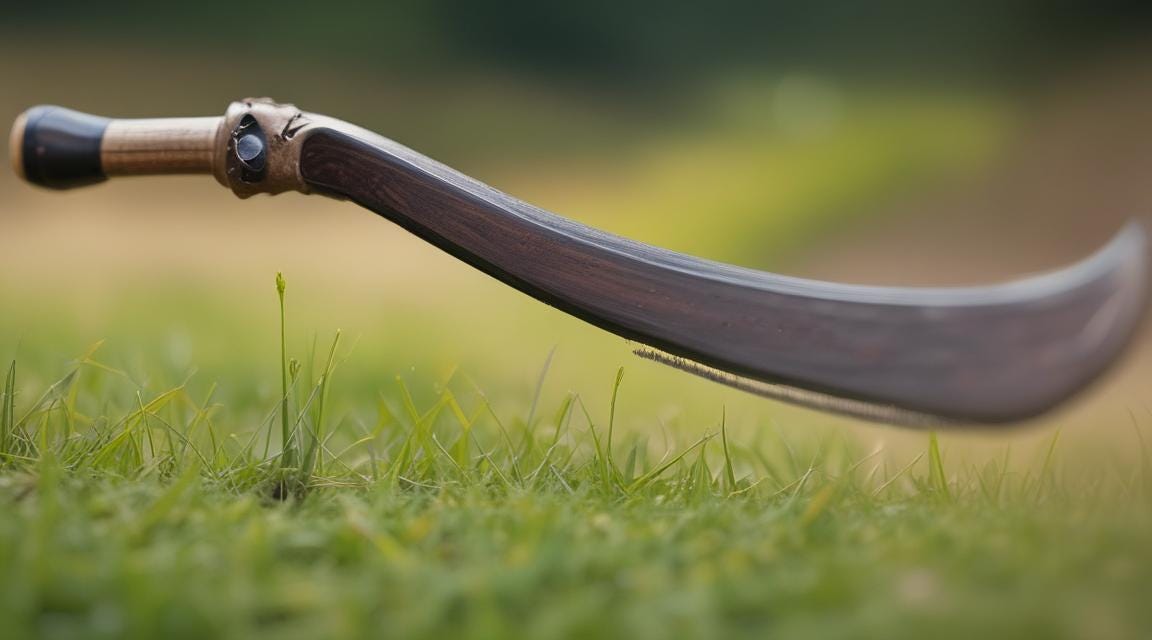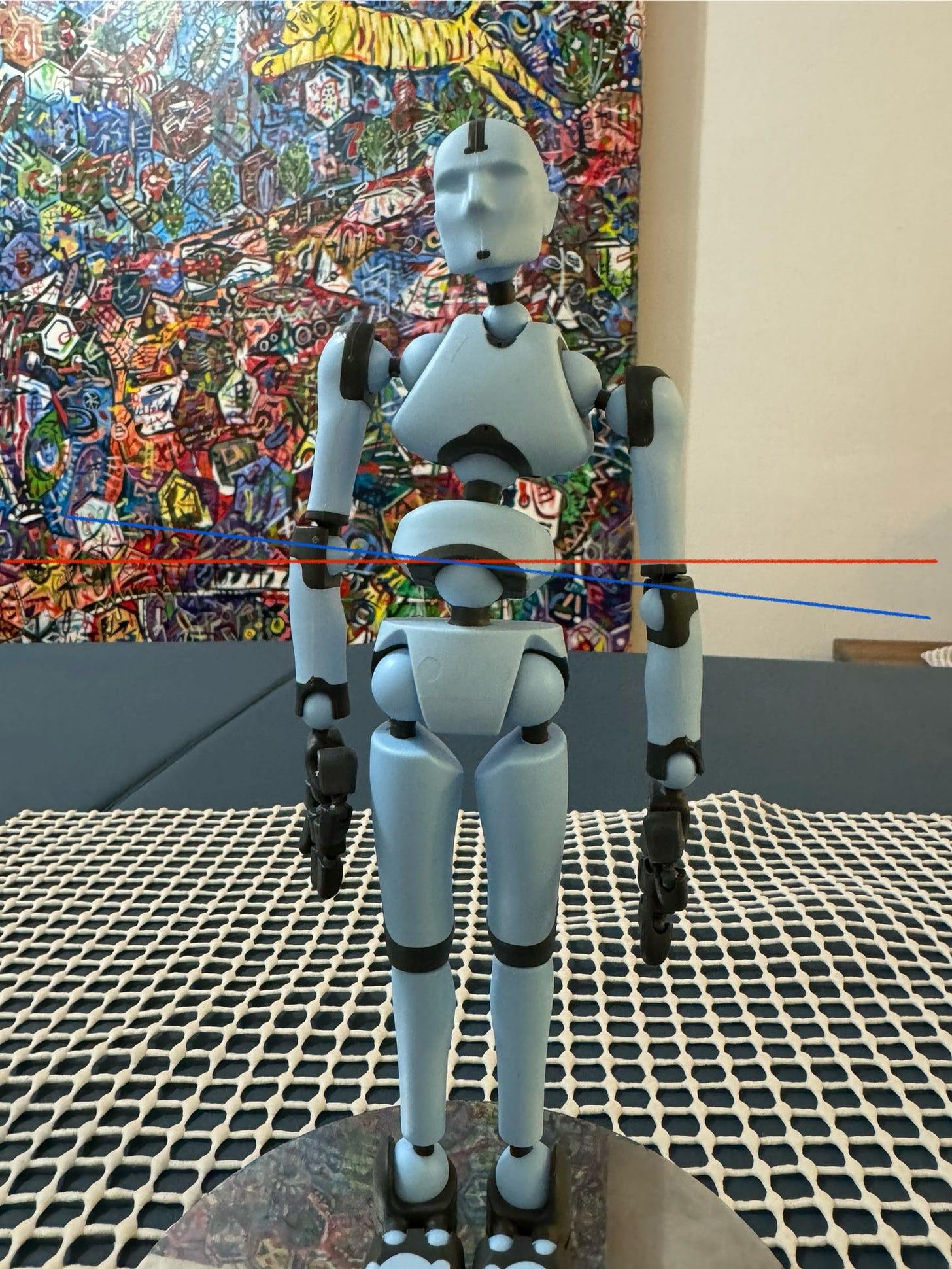Welcome to another post about breathing! If you haven’t read my first and second posts on the topic, they will add some food for thought to this week’s article. Every little morsel of information you absorb will help understand this topic!
When FM Alexander first started his teaching practice, he was known as ‘The Breathing Man’. Today, most Alexander Technique teachers talk a lot more about Poise than they do breathing. It makes sense. Poise involves the breathing and is much bigger than simply the breath.
During my journey of private lessons (I’ve had roughly 1,000 lessons and wish I had 10,000), I think I’ve had fewer than 10 lessons that involve the breathing. Most teachers will ask you to free the neck and then point out how this changes your breathing. That’s quite valuable. But are there ways to assess what is happening with your breath before you practice the Alexander Technique?
What can we say about our habits and can we use this information to better our breathing?
My Trip to London
Back in the winter of 2021 I made a trip to London to see some friends from graduate school and get some lessons from Karen Wentworth, Sean Carey, and Ted McNamara. They’re all great experienced teachers and very unique in their approach. In total I think I had 6 lessons from them within a week.
That’s a lot of time on the tube…
My post from last week on a breathing came came from one of my lessons with Ted McNamara. After he showed me the game, he gave me a look, simply said, “Your breath is cutting.”, and made a slicing motion with his hand. I had no clue what he meant.
And I didn’t ask because at the end of a good lesson I’m fairly full of information.
Yesterday I finally unpacked what this phrase meant and I’ll try to break it down for you (and me). It might help you understand your own breathing patterns and see the breathing relates to the head, neck, and back organisation.
My Injury Affected My Breathing
Before I got into the Alexander Technique, I worked for a small advertising start up in New York. For quite a while, I worked out of a broken chair. In order to sit upright, I sat on the very front of the chair so that it wouldn’t tilt backwards. I could maintain balance there, but unfortunately the height couldn’t adjust tall enough to the desk. The result was that I needed to arch the back and hike up my right shoulder to make it to the computer. This also impacted my wrists and elbows while typing.
And while this chair was mildly uncomfortable for the first week. It gradually became more uncomfortable. And much like a frog sitting in a pot of slowly heating water, I did not notice that the muscles of my back were beginning to lock in place.
To better illustrate my point, I’ve taken a nice little model and arranged it into a version of how I stood after working in the chair.
In the image above, I have drawn 2 lines. The red line is a perfectly level line. The blue line is my attempt to draw the angle of the stomach area tilt. The blue line has a 6 degree tilt.
What Happens When You Breathe?
Regardless of this tilt, breathing involves an expansion of the rib cage and a widening and lowering of the diaphragm. That is, the full volume of the thoracic cavity will experience some degree of motion. This motion may be subtle, but it is there!
In the case of a tilt like I’ve diagramed above, an individual can STILL breathe with a full expansion of the rib cage and a full movement of the diaphragm. However, if someone is standing like the diagram habitually, as in my case, then the muscles of the back will begin to stiffen or drop into dead weight. If this happens, you will lose the capacity to fully expand the thorax.
What Is the Cutting Breath?
In my case, I stood habitually like the Blue Man. The muscles around my ribs locked and I arched my back (among other things). When I took a breath, rather than experiencing a full motion of the thorax, most of the motion of my breathing went into the belly. The cut was caused by a horizontal slash along that blue line. It feels as if I don’t get any air into the top portion of my chest (even tho I do get some air).
It also feels as if the left hemisphere of my diaphragm is in dead weight; unable to expand as much as the right side. This means that I also have more rib movement on the right relative to the left as I breathe.
For me, I am THRILLED that I can describe this to you. It means that I have a better and better sense of where I am. I can use this information to explore different qualities of breathing and see if I can direct away from the injury.
Exploring On Your Own
I’ve referenced The Elevator Game quite a few times on this blog. It’s essentially a game Beret Arcaya uses extensively in her teaching practice. It is extremely powerful once you learn how to distinguish the difference between stiff weight and dead weight; the Bracing and the Kerplopping.
I would not have been able to break down my cutting breath for you without spending lots of time exploring the general feeling of stiff and dead weight. If you don’t have any sense of stiff or dead weight, please play the elevator game with your shoulder. I promise you can create stiff weight or dead weight in the breathing very readily by either sniffing in air through the nose quickly (stiff) or heavily sighing out the breath on the exhale (dead).
The trick is to then learn how your elevator can go up and down slowly and smoothly as you breathe. Alexander’s ‘Whispered Ah’ will help with this enormously, but I really want you to take the time to understand what qualities of breathing suck** first.
Don’t Skip a Step
I very much want to stress something with these breathing discussions. If you skip part of the Alexander Technique and attempt to ‘get into breathwork’, you will no longer be doing the Alexander Technique. Even with all of the discussion that I’ve done in the past 3 weeks on breathing, you should remember that the weight of the head is on top of everything. If you fail to STOP, look, and balance from the top down you will likely lose out on that wonderful general sense of your whole self.
I have all too often see people go into a BreathworkMode where they focus attention on the breathing in order to make the universe correct. Their attention drops from the head and goes into the lungs or belly in a concentrated manner and the head begins to droop unintentionally as a result. It’s a change that happens in the blink of an eye.
If your Inner Sherlock is alive, you’ll catch this moment. Remember that we’re not interested in perfection with this work; we’re interested in growth.
Get In Touch
If you’re in NYC, you may learn more about my private teaching practice at johndalto.com.
If you’d like to book any lesson time with me, you can find my booking link here.
** GET IT??????? IT’S A BREATHING JOKE!!!!!!!!!!!!!!!!!!!
** PLEASE FORGIVE ME
** I HAD NO CHOICE BUT TO LEAVE THIS IN





This is really good stuff! My blue line goes in the opposite direction and I've been "working on it" with fascia blasting which is helping. Your description and points are just what I need! (Okay, what I really need is actual work that isn't going to happen soon.) Thank you.
Another wonderfully informative post that helps me use my body better. Thank you.